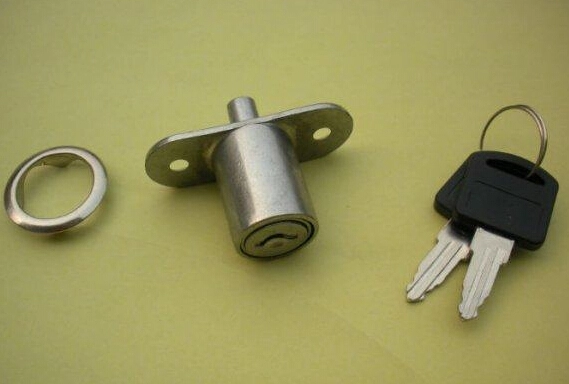The lock users may find that the dead lock phenomenon sometimes occurs, but it doesn't happen in the use of carbon steel set. Is it because stainless steel is relatively soft, while the carbon set is relatively hard? That's right! That is the real difference between stainless steel and carbon steel. Stainless steel has good ductility, but its hardness is not as good as carbon steel. However, it is partly right. Dead lock often occurs in the stainless steel, aluminum alloy and titanium alloy fasteners. These metal alloys are anti-rust. When damaged, a thin surface layer of oxide will prevent further corrosion.
When stainless steel fasteners are locked, the pressure and the thermal between tooth lines will damage and erase the intervening chrome oxide layer, making the metal teeth blocked, and then causing the phenomenon of adhesive. When adhesive phenomenon continues to happen (usually no more than a complete circle diameter), the stainless steel fasteners will be completely locked and can no longer be removed or locked. Usually the series of phenomenon happen in a few seconds, thus the understanding of the characteristics of stainless steel products and the follow of the correct operating procedure is the first step to prevent the deadlock of the stainless steel fasteners.
Many users will encounter the dead lock phenomenon in the process of screwing, the reason is nothing more than 304 (or 316), which has a stronger ductility and viscosity. We can easily tell from the process of turning, and the experienced teacher will find that in processing, the chip of 304/316 bar is out of corrugated shape, while other materials such as brass or iron turns out fragmental or filiform.
When the electric quick screw tools are used and stainless steel screws and nuts are under intensive torque, the thread will begin to heat up, and a touch point will be adhered to drive a large area, resulting female and male lock together and the bolt set is discarded. And it may also lead to the entire installed work piece is non-conforming.
This conclusion may help us reduce or even avoid the possibility of dead lock of stainless steel in the process of installing and using. We control the thread protection in the process of semi-finished thread and finished products to (of course, even if the thread is damaged, it does not affect the antilock scheme). No matter the use of electric tools or overload torque or stainless steel screws and nylon lock nut screwing in high-speed, the deadlock won't happen. Users do not have to change the installation tools in use process and installation and can minimize or even completely avoid losses. Of course, the cost of the solution to stainless steel screw antilock is controllable and low, and the cost is not high.
When stainless steel fasteners are locked, the pressure and the thermal between tooth lines will damage and erase the intervening chrome oxide layer, making the metal teeth blocked, and then causing the phenomenon of adhesive. When adhesive phenomenon continues to happen (usually no more than a complete circle diameter), the stainless steel fasteners will be completely locked and can no longer be removed or locked. Usually the series of phenomenon happen in a few seconds, thus the understanding of the characteristics of stainless steel products and the follow of the correct operating procedure is the first step to prevent the deadlock of the stainless steel fasteners.
Many users will encounter the dead lock phenomenon in the process of screwing, the reason is nothing more than 304 (or 316), which has a stronger ductility and viscosity. We can easily tell from the process of turning, and the experienced teacher will find that in processing, the chip of 304/316 bar is out of corrugated shape, while other materials such as brass or iron turns out fragmental or filiform.
When the electric quick screw tools are used and stainless steel screws and nuts are under intensive torque, the thread will begin to heat up, and a touch point will be adhered to drive a large area, resulting female and male lock together and the bolt set is discarded. And it may also lead to the entire installed work piece is non-conforming.
This conclusion may help us reduce or even avoid the possibility of dead lock of stainless steel in the process of installing and using. We control the thread protection in the process of semi-finished thread and finished products to (of course, even if the thread is damaged, it does not affect the antilock scheme). No matter the use of electric tools or overload torque or stainless steel screws and nylon lock nut screwing in high-speed, the deadlock won't happen. Users do not have to change the installation tools in use process and installation and can minimize or even completely avoid losses. Of course, the cost of the solution to stainless steel screw antilock is controllable and low, and the cost is not high.


 Español
Español 中文
中文